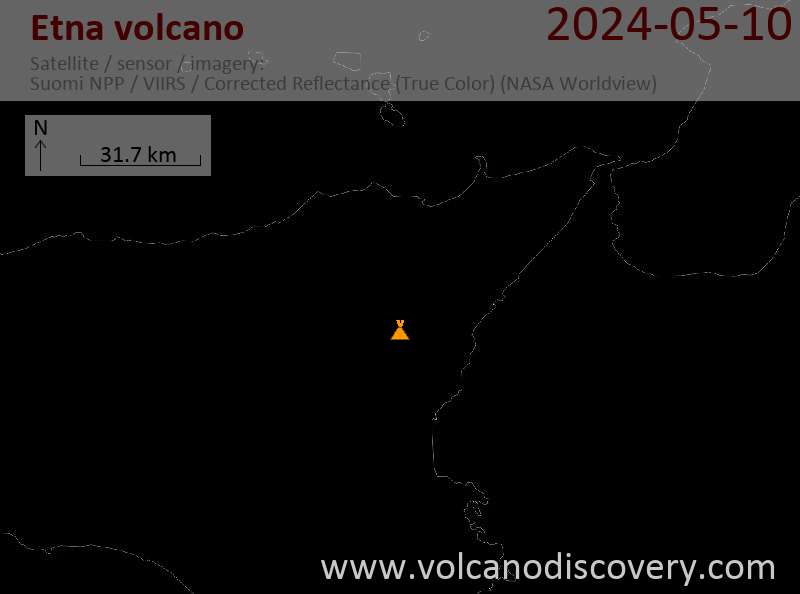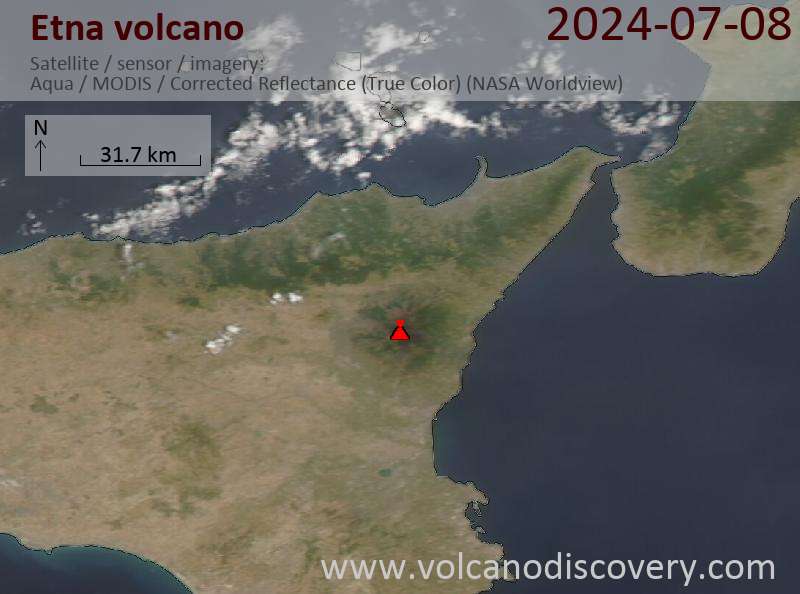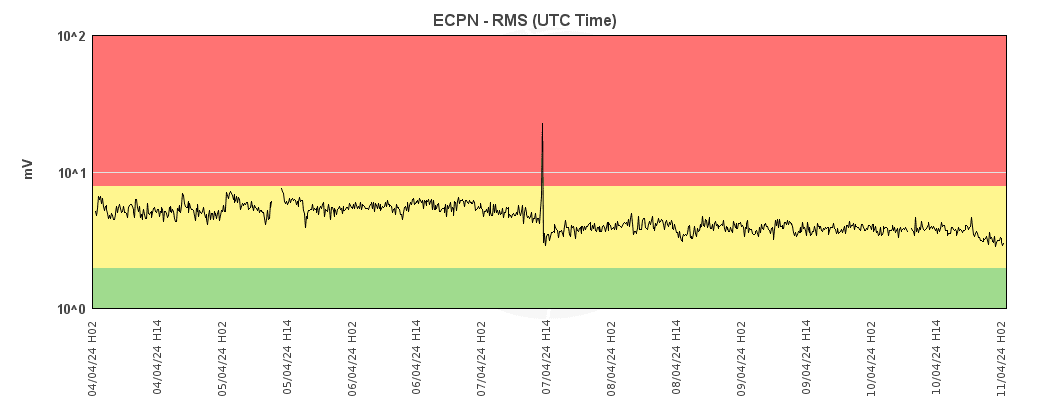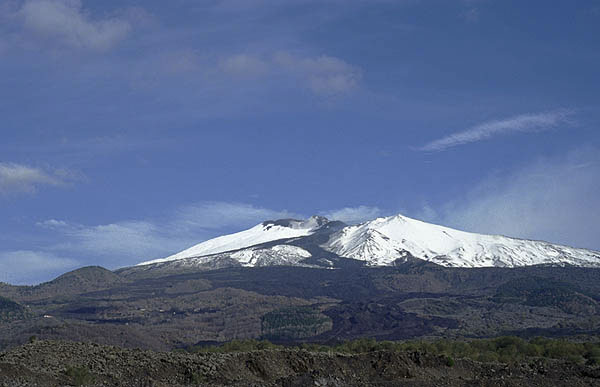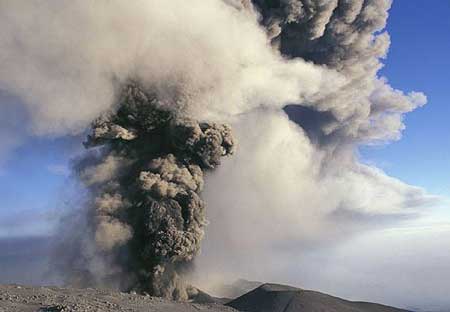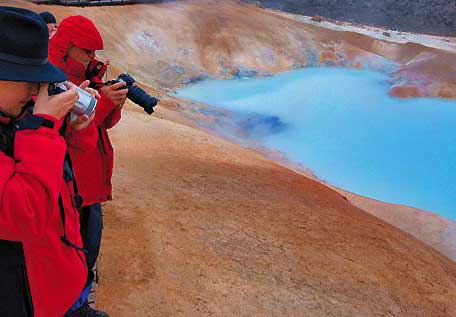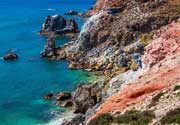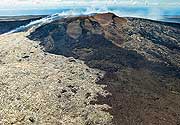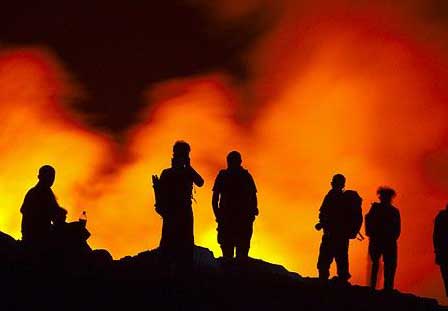Etna Volcano
Updated: 27 avril. 2024 17:41 GMT -
Complex stratovolcano Currently about 3329 m (changing due to eruptive activity and collapse of its crater rims)
Sicily, Italy, 37.75°N / 14.99°E
Condition actuelle: Activité petite ou avertissement éruption imminente (3 sur 5)
Sicily, Italy, 37.75°N / 14.99°E
Condition actuelle: Activité petite ou avertissement éruption imminente (3 sur 5)
Last update: 17 avril 2024 (Smithsonian / USGS Weekly Volcanic Activity Report)
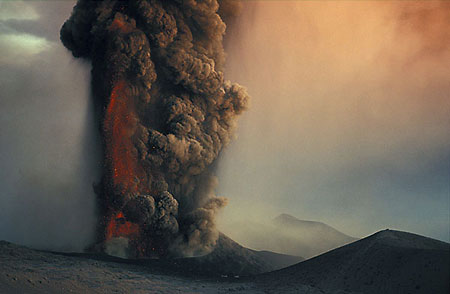
Eruption from Mt Etna volcano (Photo: Tom Pfeiffer)
Mt Etna on Sicily, locally called "Mongibello", is Europe's largest and most active volcano. Its frequent eruptions are often accompanied by large lava flows, but rarely pose danger to inhabited areas. Etna is one of the volcanoes with the longest historic records of eruptions, going back more than 2000 years.
[smaller] [larger]
Etna webcams / données en temps réel | News | Updates | Earthquakes | Volcano videos | Tours | Images
Style éruptif tipique: Effusive (lava flows) and mildly explosive (strombolian) eruptions. Both summit and frequent flank eruptions, the latter seem to be occurring in clusters lasting few to a few tens of years.Eruptions du volcan Etna: Near continuously active; some major historic eruptions include 122 BC (large Plinian outbursts that created the small caldera of the "Cratere del Piano"), 1669 AD (devastating flank eruption that destroyed 15 villages and part of Catania), 1787 (Subplinian eruption and one of the most spectacular summit eruptions on record - lava fountains reportedly up to 3000 m high).
Eruptions since 1950 (f: flank / s: summit activity): 1950 (s), 1950-51(f), 1955 (s), 1956 (s), 1956 (f), 1957 (s),1960 (s), 1961 (s), 1964 (f), 1964 (s), 1966 (s), 1966-1971(s), 1968 (f), 1971(f), 1972-1973 (s), 1974 (f), 1974-1975 (s), 1975-1977 (f), 1977-1978 (s), 1978 (f), 1979(s), 1979 (f), 1980 (s), 1981 (s), 1981 (f),1982-1983 (s), 1983(f), 1984(s), 1985(s), 1985(f), 1986(s), 1986-1987 (f), 1987(s), 1988(s), 1989(s), 1989(f), 1990 (s), 1991-93(f), 1995(s), 1996(s), 1997 (s), 1998 (s), 1999 (s), 2000 (s), 2001(s), 2001 (f), 2002(s), 2002-03(f), 2004-2005 (f), 2006 (s), 2007 (s), 2008-2009 (f), 2010(s), 2011-2013(s), 2014-18, 2018(f), 2019-ongoing (s)
Derniers séismes proches
| Heure | Mag. / Profondeur | Distance / Lieu | |||
| 24 avril 19:44 (Rome) | 1.9 23 km | 23 km au sud-ouest | Info | ||
| 24 avril 18:42 (Rome) | 1.6 30 km | Info | |||
| 24 avril 13:01 (Rome) | 1.8 6.2 km | 6 km à l'est | Info | ||
| samedi, 20 avril 2024 GMT (1 séisme) | |||||
| 20 avril 13:20 (Rome) | 1.4 10.6 km | Info | |||
| jeudi, 18 avril 2024 GMT (1 séisme) | |||||
| 19 avril 00:08 (Rome) | 1.6 6.5 km | Info | |||
| dimanche, 14 avril 2024 GMT (1 séisme) | |||||
| 14 avril 19:27 (Rome) | 1.8 7.1 km | 18 km à l'ouest | Info | ||
Introduction
Mount Etna, towering above Catania, Sicily's second largest city, has one of the world's longest documented records of historical volcanism, dating back to 1500 BC. Historical lava flows cover much of the surface of this massive volcano, which makes it the highest and most voluminous in Italy. Ever since ancient times, the volcano seems to have been in near-constant activity. It is considered, after Kilauea on Hawaii, the second most active, i.e. productive volcano on earth.Two styles of eruptive activity typically occur at Etna:
(1) persistent explosive eruptions, sometimes with minor lava emissions, from one or more of the 4 prominent summit craters, the Bocca Nova, Voragine (the former Central Crater), NE Crater, and SE Crater (the latter formed in 1978).
(2) Flank eruptions, typically with higher effusion rates, are less frequent and originate from fissures that open on the volcano's flanks. Such flank eruptions, such as the spectacular recent ones in 2001 and 2002-03 commonly form cinder cones, which dot the volcano in their hundreds.
Etna Volcano Photos
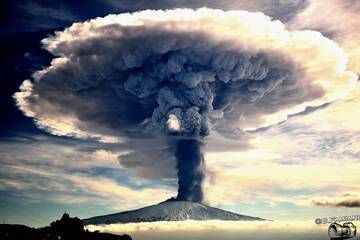
Le paroxysme de l'Etna depuis le cratère Voragine le 4 décembre 2015, vu de Cesarò (Photo: Giuseppe Famiani)
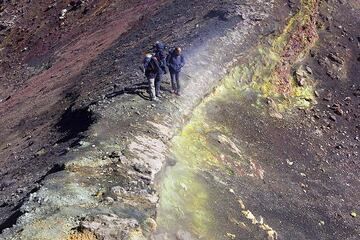
Groupe sur un rebord étroit qui sépare deux évents sur le volcan Etna, en Italie. (Photo: Tom Pfeiffer)
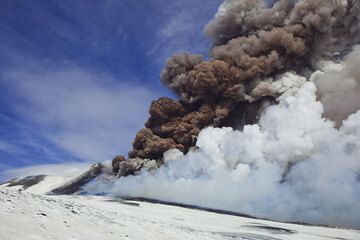
Après avoir atteint son apogée, l'éruption diminue rapidement, mais un dense panache de cendres brunes s'élève toujours haut de l'évent de la fissure. (Photo: Tom Pfeiffe...
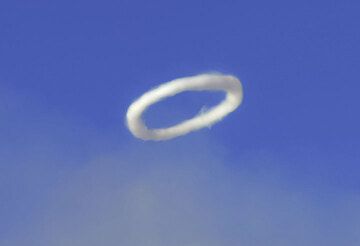
Anneau de vapeur parfait du volcan Etna le 11 novembre 2013 (Photo: Tom Pfeiffer)
Latest satellite images
Etna Volcano Tours
Italie du Sud
Volcans d'Italie - le Grand Tour
15 jours d'expédition du Vésuve à l’Etna
14 jours (13 nuits) - Facile-Modérée
Prix 3890 €
Prix 3890 €
3-17 oct. 2025
Etna
Etna Volcan Spécial
4/5 jours - expédition sur le volcan du mont Etna, Italie
4-5 jours - Modérée
Prix sur demande
Prix sur demande
Départs sur commande possibles
Eoliennes + Etna
Montagnes de Feu - du Stromboli à l'Etna
marche et voyage d'étude avec un volcanologue vers les volcans Etna, Vulcano, Lipari et Stromboli
9 jours (8 nuits) - Facile-Modérée
Prix 2950 €
Prix 2950 €
18-26 mai 2024
3-11 mai 2025
12-20 oct. 2024





